The Difference Between Natural and Safe
The word ‘natural’ painted across not just all of our beauty products, but practically every product we use, has become a pretty, let’s say, deceiving word.
Whether you're new to organic and natural products, or you’re a rookie, this word ‘natural’ written on labels can be misleading and cause much confusion. The sad truth is that beauty products and cosmetics are one of the least regulated industries. And this isn’t something we should take lightly, since we apply them directly to our skin and bodies daily.
Since we understand that we can’t completely trust marketing gimmicks and the front-cover of the products we use on our bodies and in our homes, we thought it best to offer a little bit of insight, which will hopefully help you sort through what products you’ll want to veer away from and what products are actually safe for you and your family.
Natural, Chemical and Man-Made
There’s lots of lines being blurred here, because not all natural products are totally safe and not all synthetic, or chemical ingredients are necessarily toxic or dangerous. The issue now is we no longer know who we can trust. Our first and best advice to you is to do the research yourself and follow your intuition according to what you feel sounds safe and what you feel are ingredients whose benefits are not worth the risks. It’s a new skill we all need to sharpen in this time of information overload.
 What Are the Rules for Using the Word Natural on Beauty Products?
What Are the Rules for Using the Word Natural on Beauty Products?
The trick with the word natural is that there are actually no set rules or limits to the word when it comes to cosmetics and other industries. The general idea is that a natural ingredient is plant, mineral, or animal-derived and not synthetic. But again, because there are no rules when a product includes one ‘natural’ ingredient, they are allowed to inflate the word over the face of their product.
And Organic?
When you see a USDA seal on a product, in many cases, it could imply that a few of the ingredients are USDA-certified organic, but not all. The FDA will stamp a product or ingredients that have been grown without chemical pesticides, insecticides, synthetic fertilizers, hormones, or genetically modified organisms with its holy mark. But sometimes we can see this stamp on our products when it only applies to a few ingredients and not the entire product as a whole. Sounds tricky. When we see a product is 100% organic this means that it contains a minimum of 95% Certified Organic Ingredients. And what about the remaining 5%? There are strict regulations in place for the product to wear the USDA Organic badge.

A Useful List of Ingredients to Avoid:
- Phthalates
- Formaldehyde
- petroleum
- asbestos (labeled as talc or hydrous magnesium silicate)
- lead acetate
- coal tar
- Fragrances/perfumes
- Parabens
- A more concise list can be found here
We know how tricky, confusing, and overwhelming this can all be. So first off, take a deep breath and get ready to take baby steps. We can slowly learn to build our vocabulary when it comes to chemical, synthetic, and natural ingredients. Carry a list with you and look for brands that you know you can trust. At Play Pits our deodorants are made from ingredients you’ve heard of, without anything foreign or unknown. All of our ingredients are completely transparent because we want you to smell great, feel great and, of course, stay healthy!
If you have any questions about any of our ingredients, please reach out to us, we’d love to clarify any uncertainties you may have!
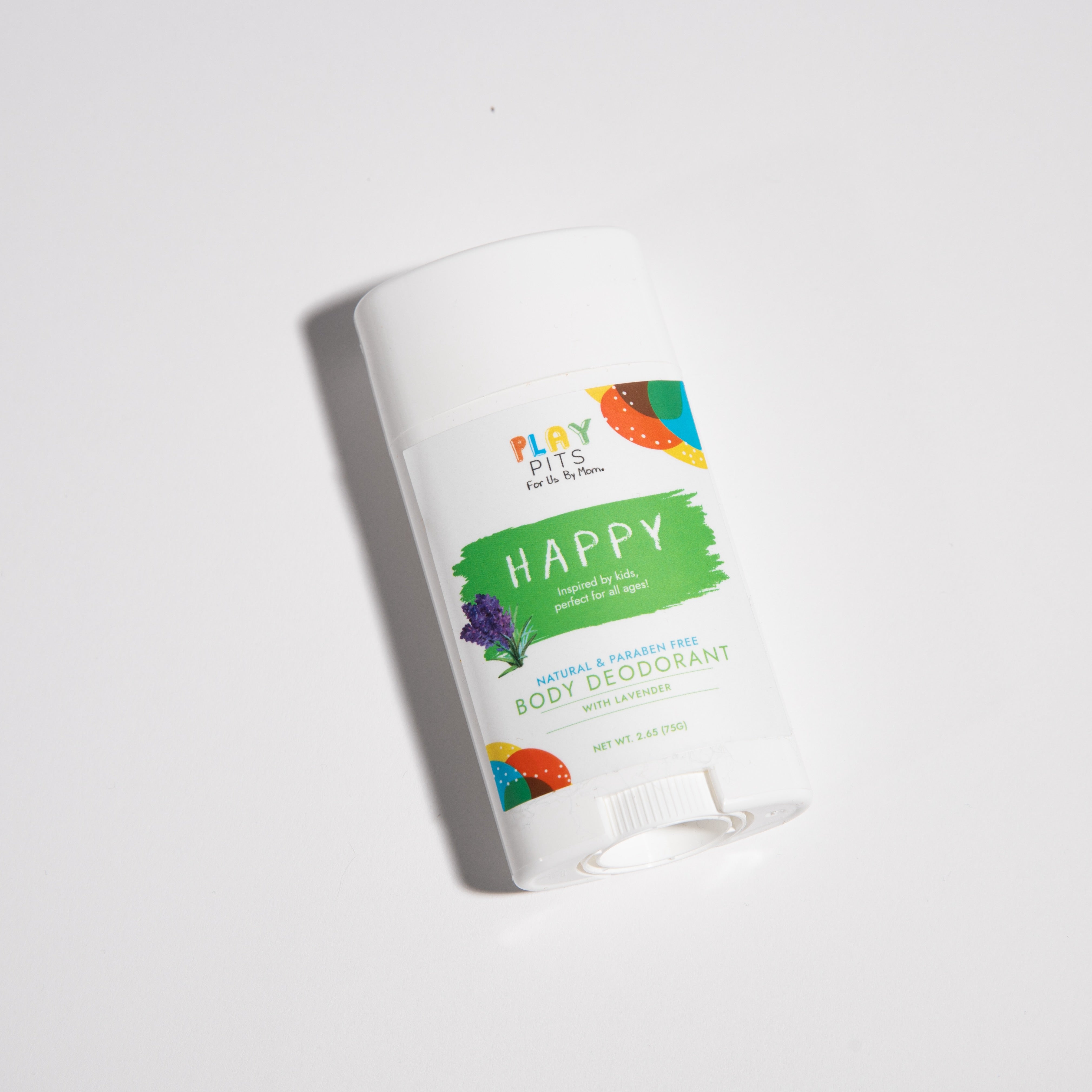

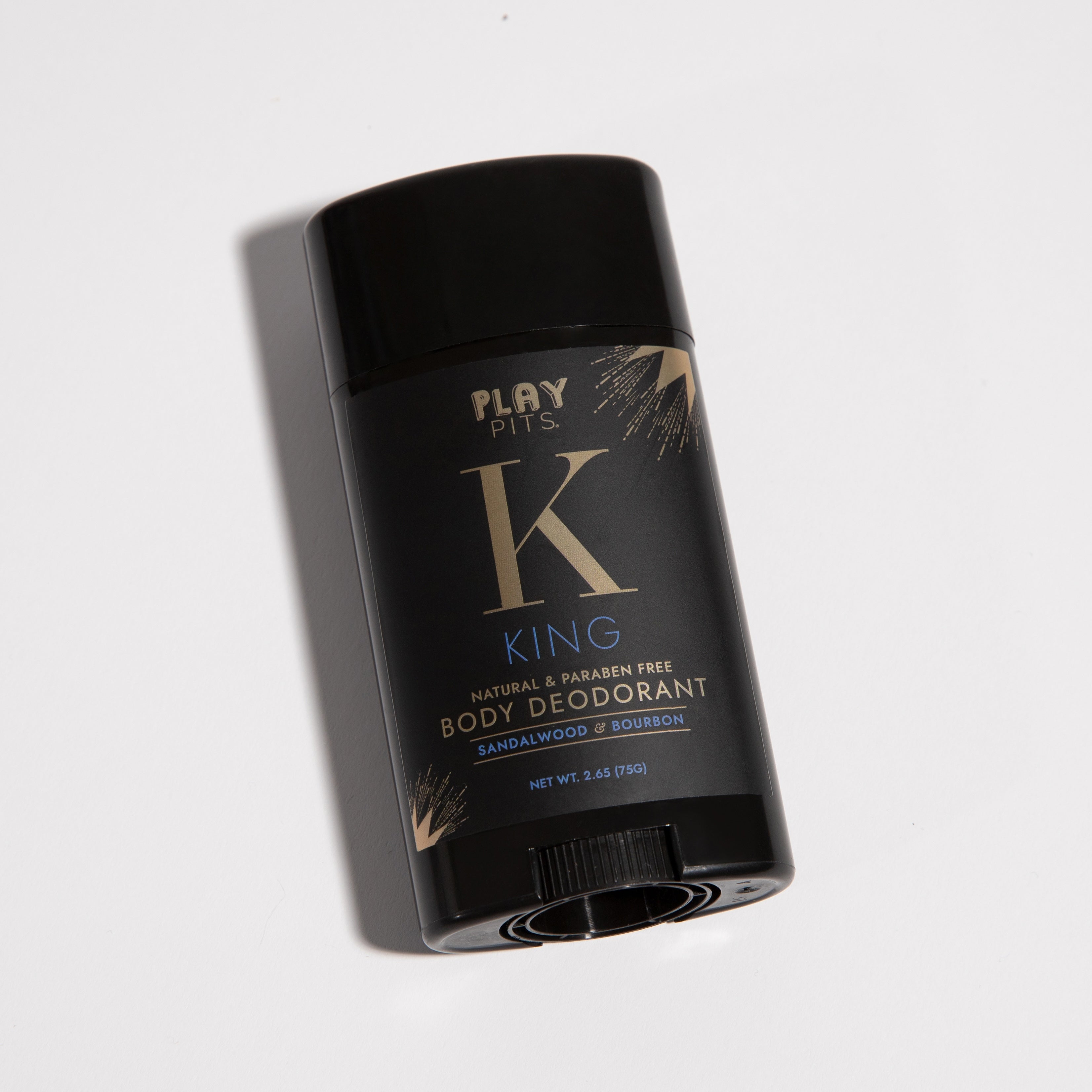
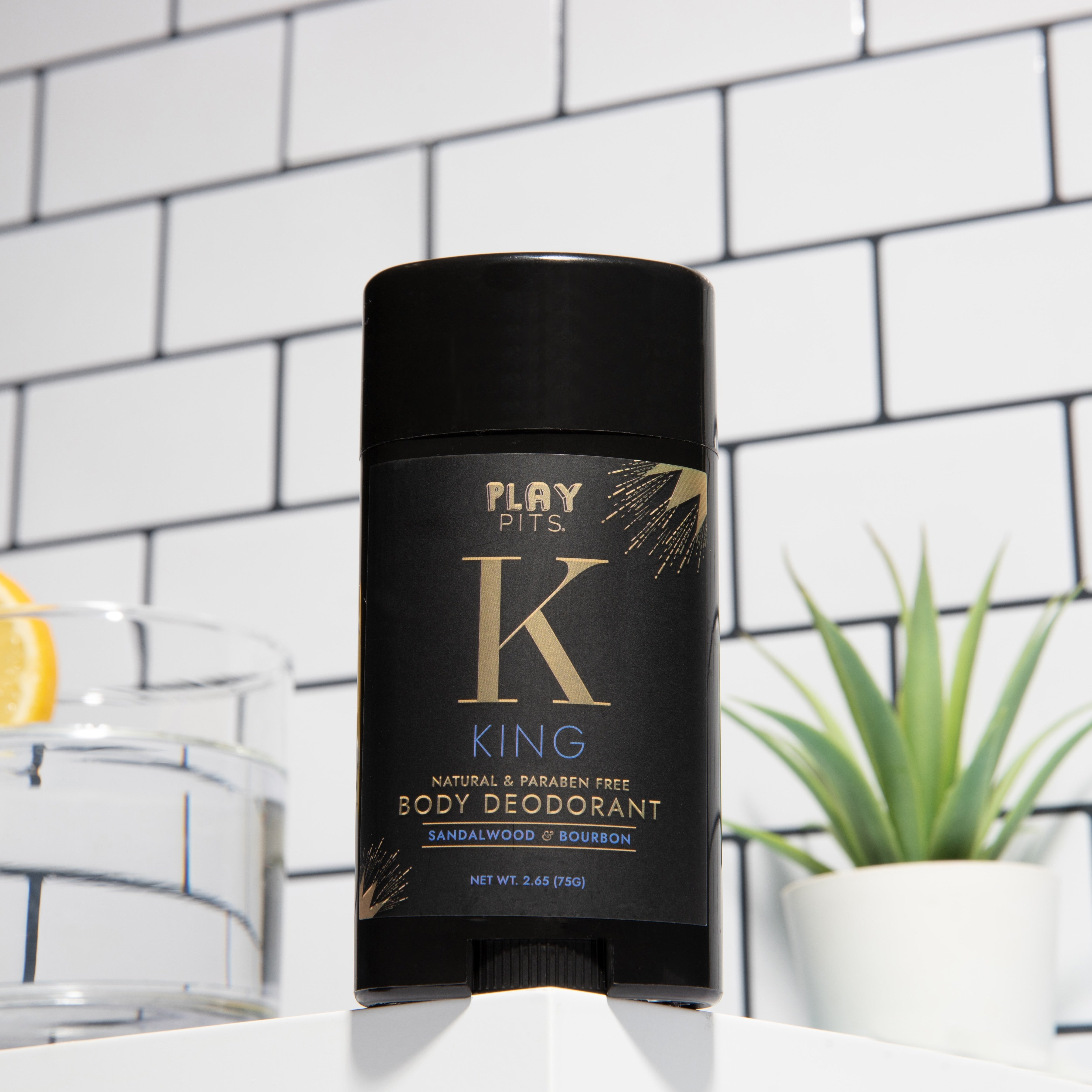
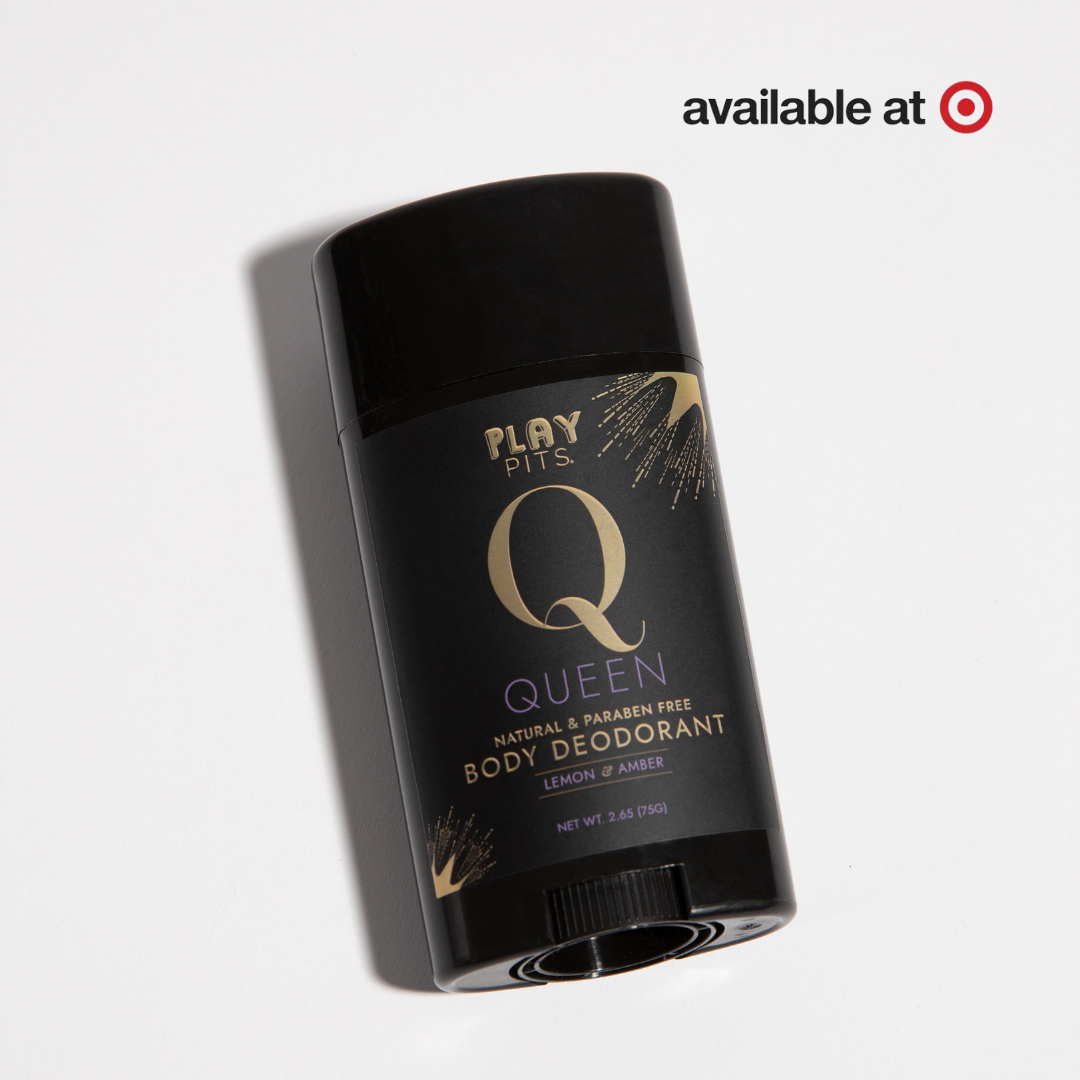
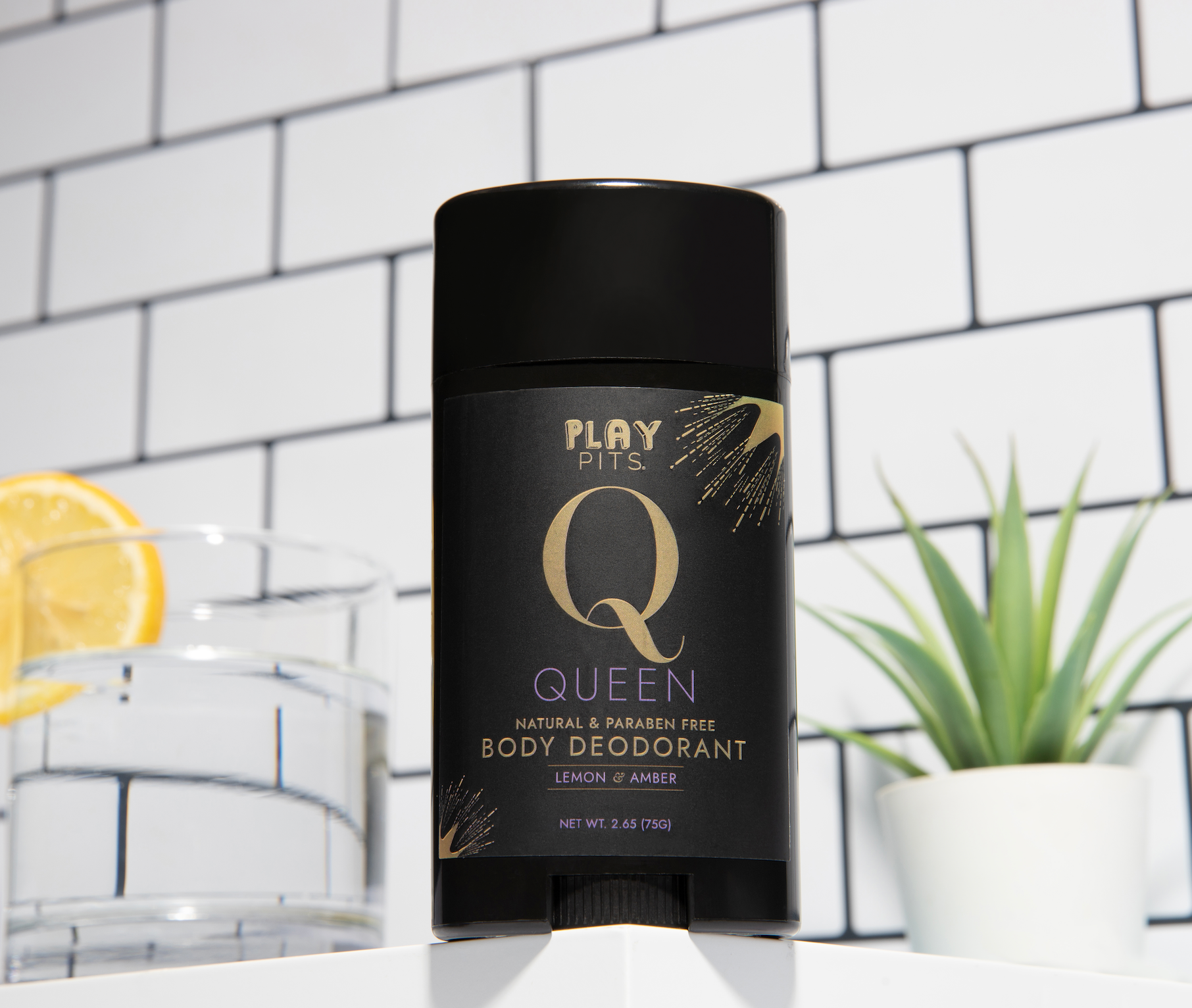
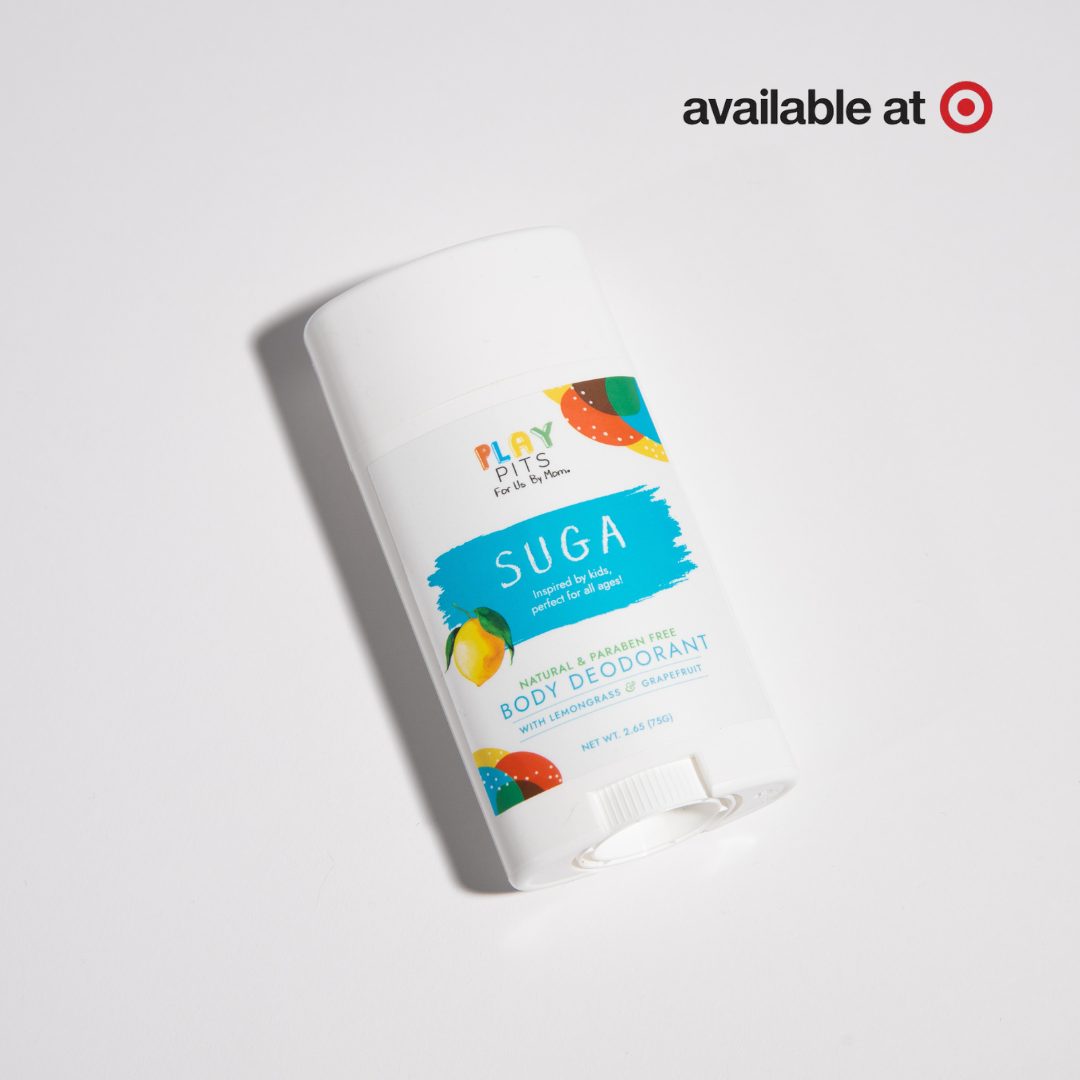
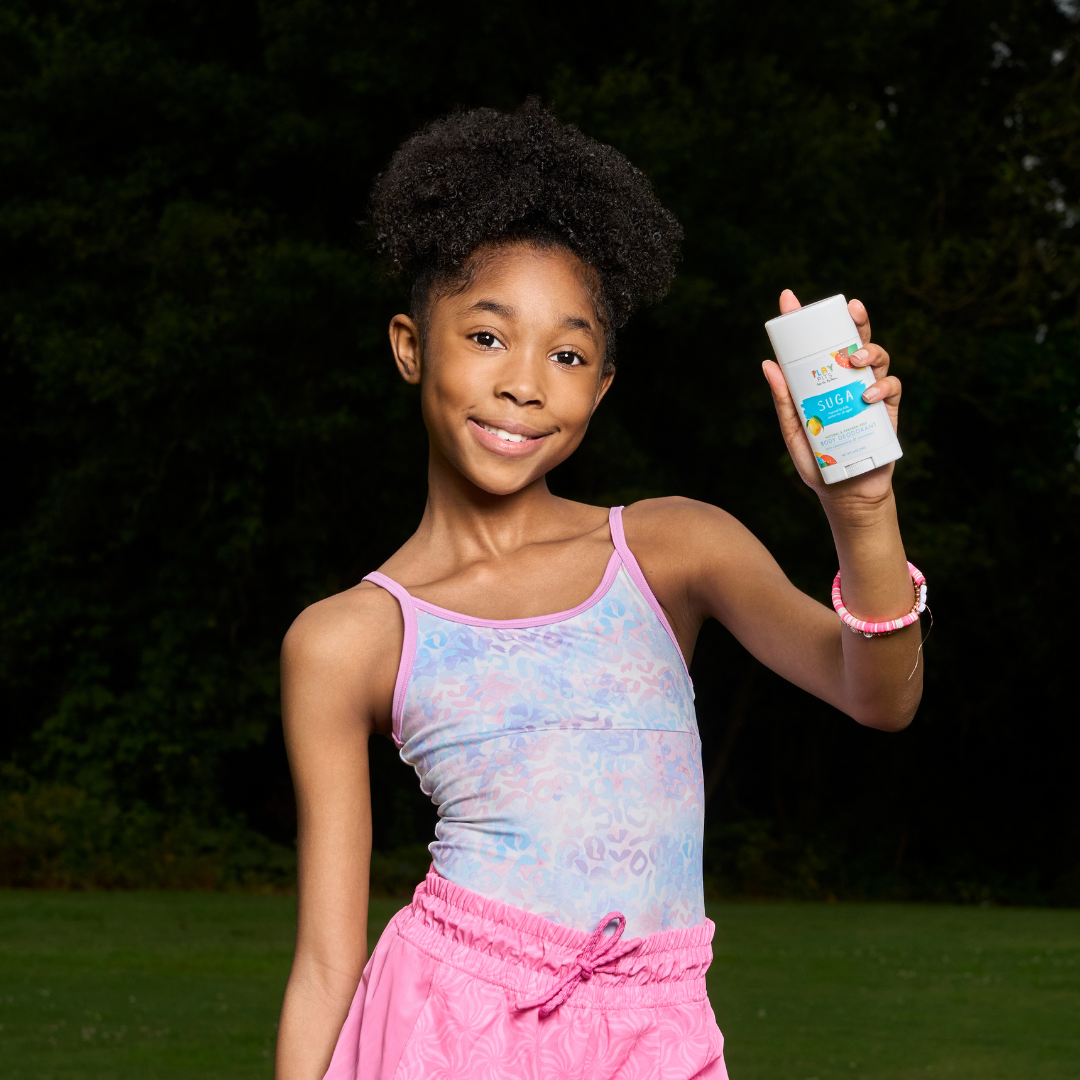

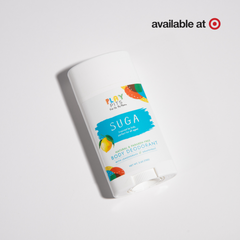
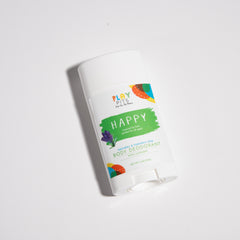
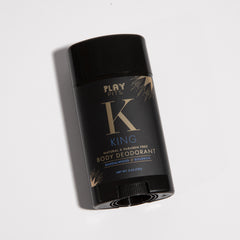
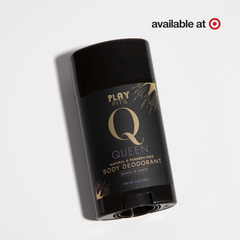
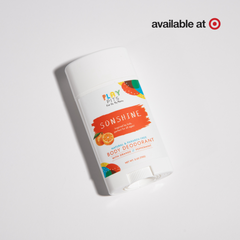

Leave a comment